Did you ever look into your cat’s eyes and wonder if there’s a world of emotions swirling beneath that mysterious gaze? It’s not just your imagination—cats are full of emotional surprises, and their timing for expressing those feelings is almost magical. From sudden snuggles to unexpected bursts of playfulness, our feline friends seem to know exactly when we need them most. If you’ve ever felt your cat understands you in ways no one else does, you’re not alone. Let’s pull back the curtain and discover the astonishing truth about cats and their deep emotional timing.
The Mysterious Language of Cat Emotions

Cats don’t speak our language, but they sure know how to communicate. Watch their tails, listen to their purrs, and you’ll see a secret code of feelings. When a cat blinks slowly at you, it’s the feline equivalent of a warm hug. But their emotional expressions can be subtle, almost like a puzzle you want to solve. It’s this quiet, almost poetic way of showing love that makes their timing so special. Sometimes, it feels like they’re sharing ancient secrets only you can understand. That’s the magic of living with a cat—their emotions are always present, just waiting to be discovered.
How Cats Sense Human Feelings

It might sound unbelievable, but cats are experts at reading human emotions. They can pick up on changes in your voice, your body language, and even your scent. When you’re sad, your cat may curl up beside you, offering silent comfort. If you’re excited, they might mirror your energy with playful zoomies. This emotional radar is almost spooky—it’s like they have a sixth sense for timing their support. Many cat owners swear their kitties know when they need cheering up, long before anyone else does. This deep connection is part of what makes their companionship so extraordinary.
The Comforting Power of the Cat Purr

A cat’s purr is like a lullaby for the soul. Scientific studies suggest that the frequency of a cat’s purr can actually help reduce stress and promote healing. But what’s even more amazing is how cats seem to know when you need it most. After a tough day, your cat might jump into your lap and start purring, as if they’re trying to heal your heart. The timing is never random—it often feels like they’re tuned into your emotional wavelength. Their purr is a gentle reminder that you’re not alone, and comfort is just a whisker away.
Why Cats Choose Their Moments for Affection
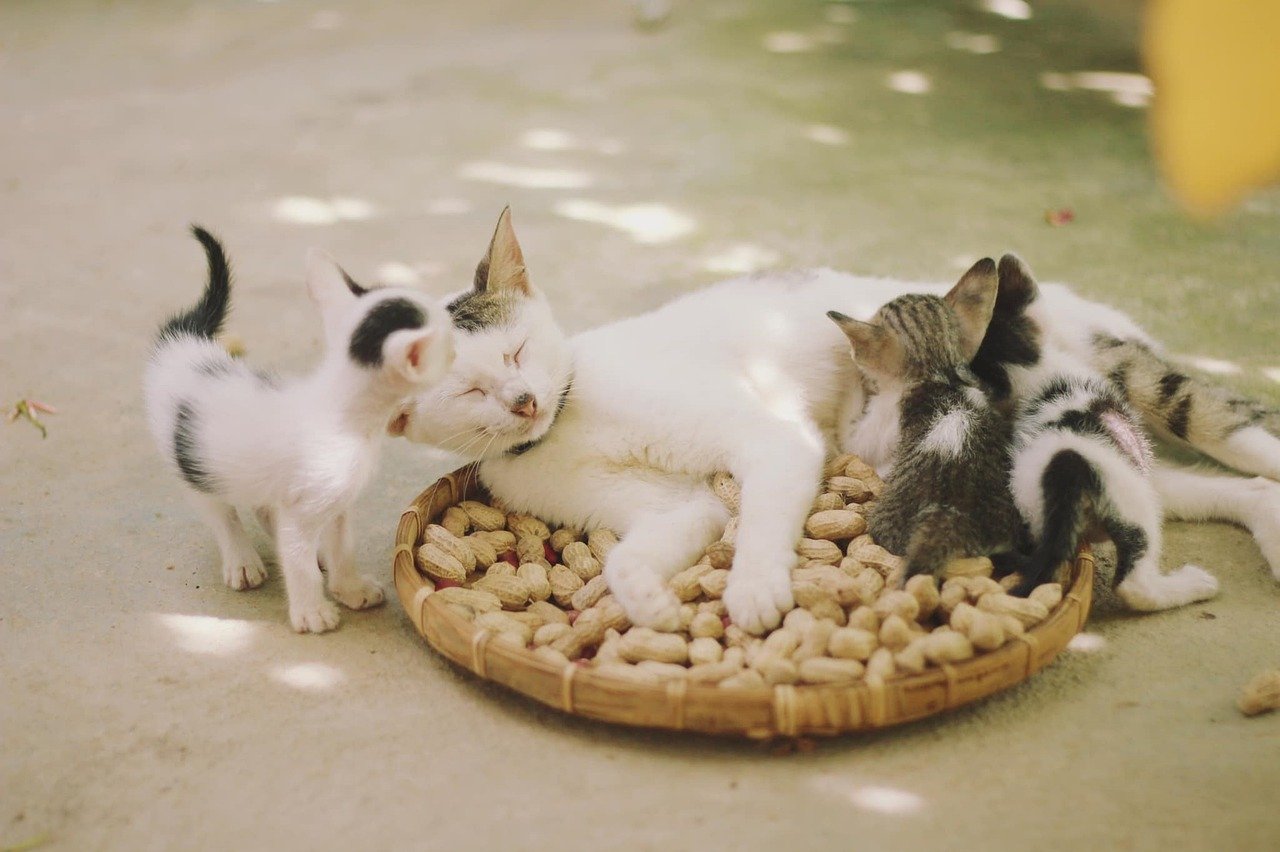
Cats aren’t like dogs—they don’t shower you with affection all day long. Instead, they pick their moments with a sense of timing that borders on dramatic. You might be working late, feeling stressed, and suddenly your cat appears, rubbing against your leg. Or maybe they hop into bed just as you’re about to fall asleep, offering warmth and companionship. Their affection feels special because it’s not constant—it’s earned, and when it comes, it’s like a little gift. This selective timing makes every cuddle feel like a small miracle.
The Bond Between Cats and Their Owners

The relationship between a cat and its human is a dance of trust and timing. Cats remember who feeds them, who plays with them, and who offers gentle words. Over time, they learn your routines and begin to fit their affection into your life like a perfectly timed melody. If you’re going through a hard time, your cat may become more attentive, sensing your vulnerability. This bond isn’t just about coexistence—it’s about mutual understanding, patience, and a shared emotional rhythm. Every head bump and gentle purr is a sign that your cat is deeply attuned to you.
Can Cats Feel Lonely or Sad?
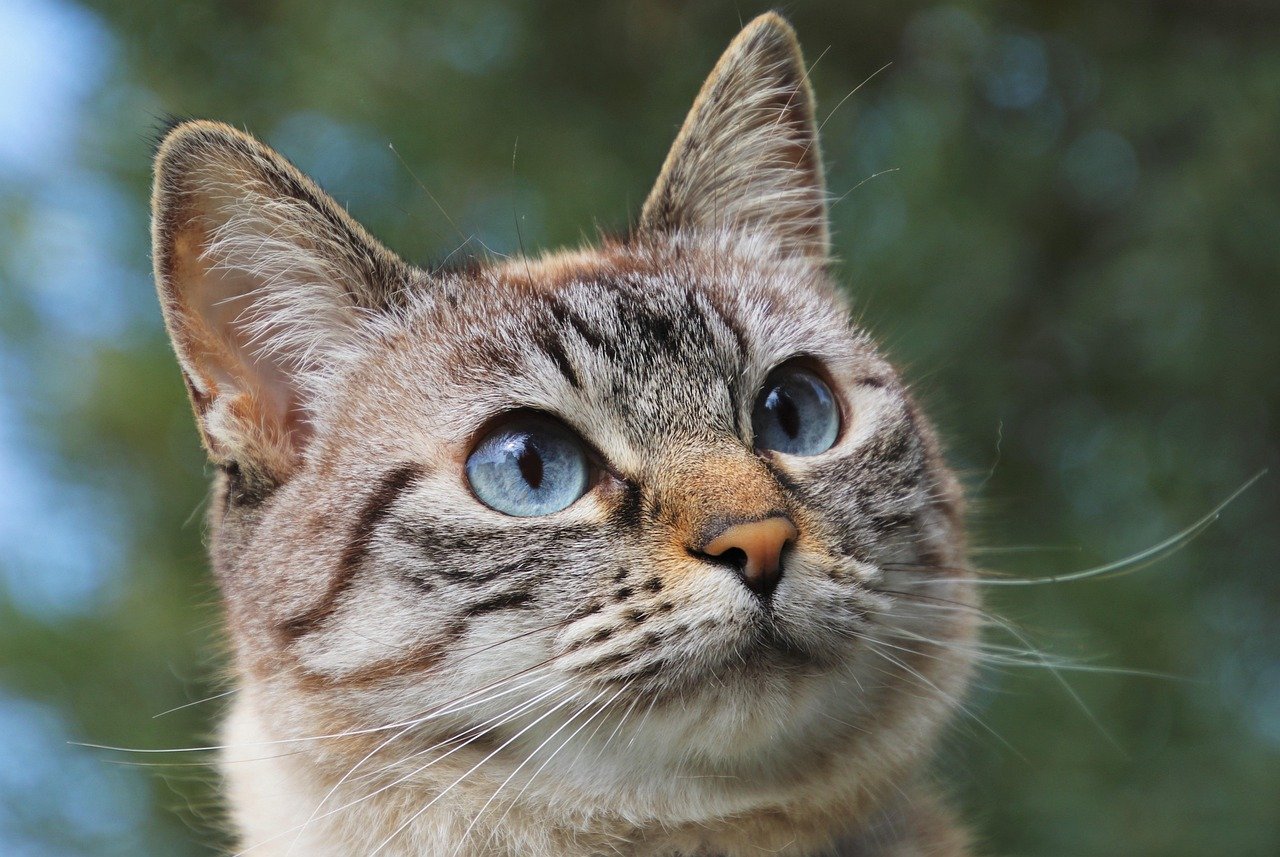
Despite their independent reputation, cats can feel lonely and even sad. If left alone for too long, some cats become withdrawn, vocalize more, or lose interest in play. Their sense of timing extends to their own needs—they’ll often seek you out when they’re feeling down. You might notice your cat sitting quietly by the door or meowing for attention at odd hours. This is their way of reaching out, hoping for a comforting touch or a kind word. Understanding these signals can help you provide the right support, strengthening your emotional bond.
Signs Your Cat Is Trying to Cheer You Up
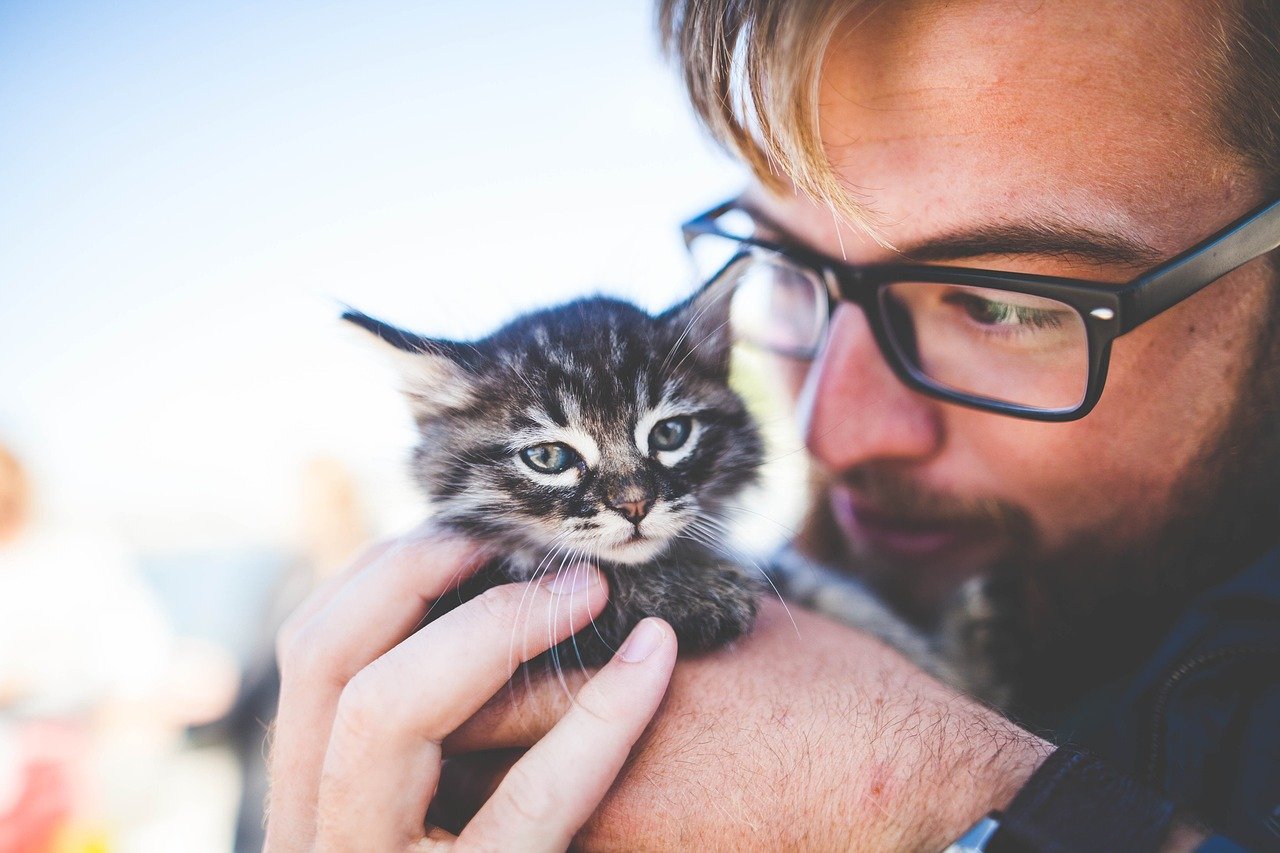
Sometimes, cats go out of their way to lift your spirits. They may bring you toys, follow you from room to room, or even perform silly antics to make you smile. Their timing can be uncanny—a gentle paw on your arm just when you’re feeling low, or a playful leap onto your keyboard during a stressful work call. These moments aren’t just coincidences; they’re tiny acts of love. The more you pay attention, the more you’ll notice your cat’s unique ways of saying, “I’m here for you.”
The Role of Routine in Cat Emotions

Cats are creatures of habit, and their emotional timing is often tied to routine. Feeding times, play sessions, and nap schedules create a rhythm in their lives. If you break the routine—say, by working late or going on vacation—your cat may react with confusion or anxiety. But they also adapt, learning new patterns and adjusting their timing to fit your changing life. This flexibility is part of their emotional intelligence. By respecting your cat’s routines, you help them feel secure and emotionally balanced.
Cats and the Healing Power of Presence

Sometimes, the greatest comfort a cat can offer is simply being there. Whether they’re sitting quietly by your side or curling up at your feet, their presence is soothing. It’s as if they know when words aren’t enough, and all you need is silent companionship. This ability to offer support at just the right moment is one of the reasons cats are such beloved pets. Their timing is never forced—it’s gentle, respectful, and deeply comforting.
The Surprising Depth of Cat Memory

Cats have remarkable memories, especially when it comes to emotional experiences. They remember who treats them kindly and who doesn’t. If you’ve comforted your cat during a thunderstorm, they might seek you out the next time they’re scared. Their timing in seeking comfort or offering affection is often based on these memories. This emotional recall helps strengthen the bond between you, turning everyday moments into lasting connections.
How Cats Express Empathy

Empathy isn’t just a human trait—cats can show it too. When you’re upset, your cat might sit closer, watch you intently, or gently touch you with a paw. Their actions are subtle, but the timing is often perfect. It’s as if they’re saying, “I feel what you’re feeling.” This emotional mirroring is especially noticeable in cats who have grown up in loving homes. Their empathy is quiet but powerful, offering comfort without words.
Understanding Cat Body Language
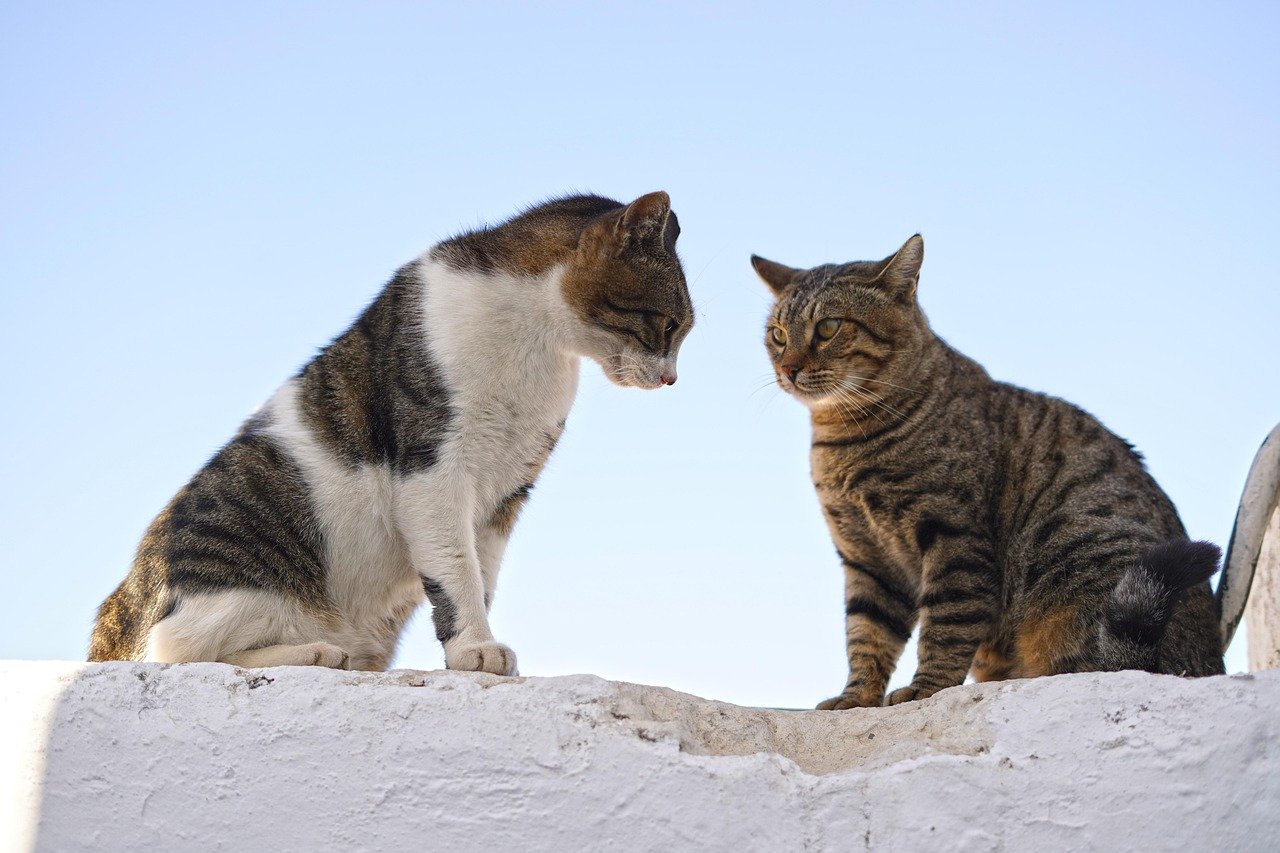
Cat body language is a fascinating world of emotional signals. A swishing tail, flattened ears, or arched back can all reveal what your cat is feeling. Pay attention to when these signals appear—often, they coincide with changes in your own mood or environment. For example, a relaxed tail and soft purr might mean your cat feels safe and content, matching your calm energy. Learning to read your cat’s body language can help you tune into their emotional timing and respond more effectively.
The Impact of Environmental Changes on Cat Emotions
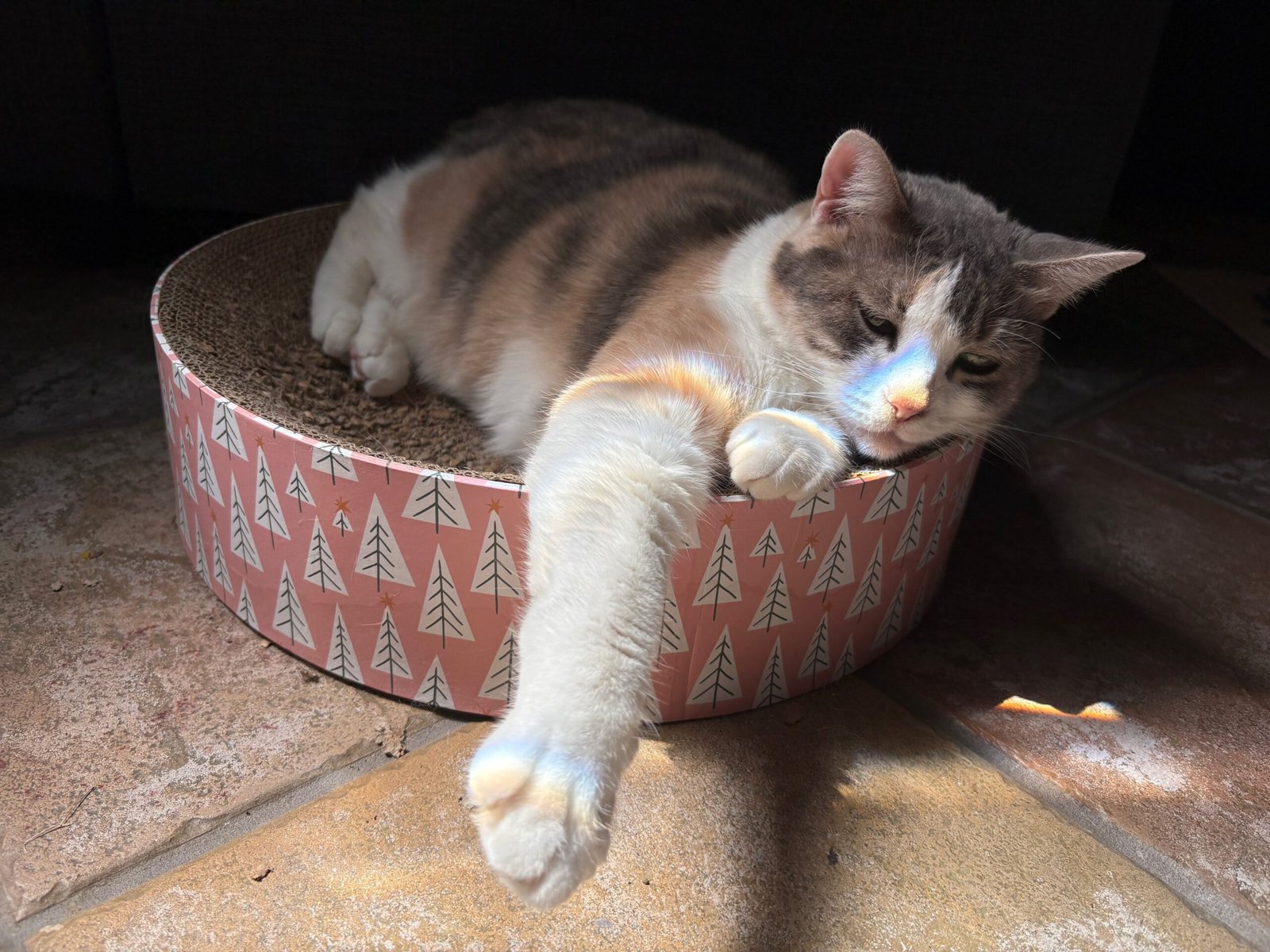
Cats are sensitive to changes in their environment, and their emotional timing often shifts in response. Moving to a new home, introducing a new pet, or even rearranging furniture can unsettle them. During these times, you may notice your cat seeking extra reassurance or becoming more withdrawn. Their timing for affection or play might change as they adjust to the new situation. By providing stability and patience, you help your cat regain their emotional balance.
The Role of Play in Emotional Timing

Play isn’t just about fun—it’s an emotional outlet for cats. They often choose specific moments to initiate play, like when you come home after a long day or when you’re feeling down. A sudden burst of energy can be their way of relieving stress or inviting you to join in their joy. The timing of these play sessions can tell you a lot about your cat’s mood and needs. Engaging in play at the right moments can strengthen your bond and boost both your spirits.
Cats and Their Unique Sleep Patterns
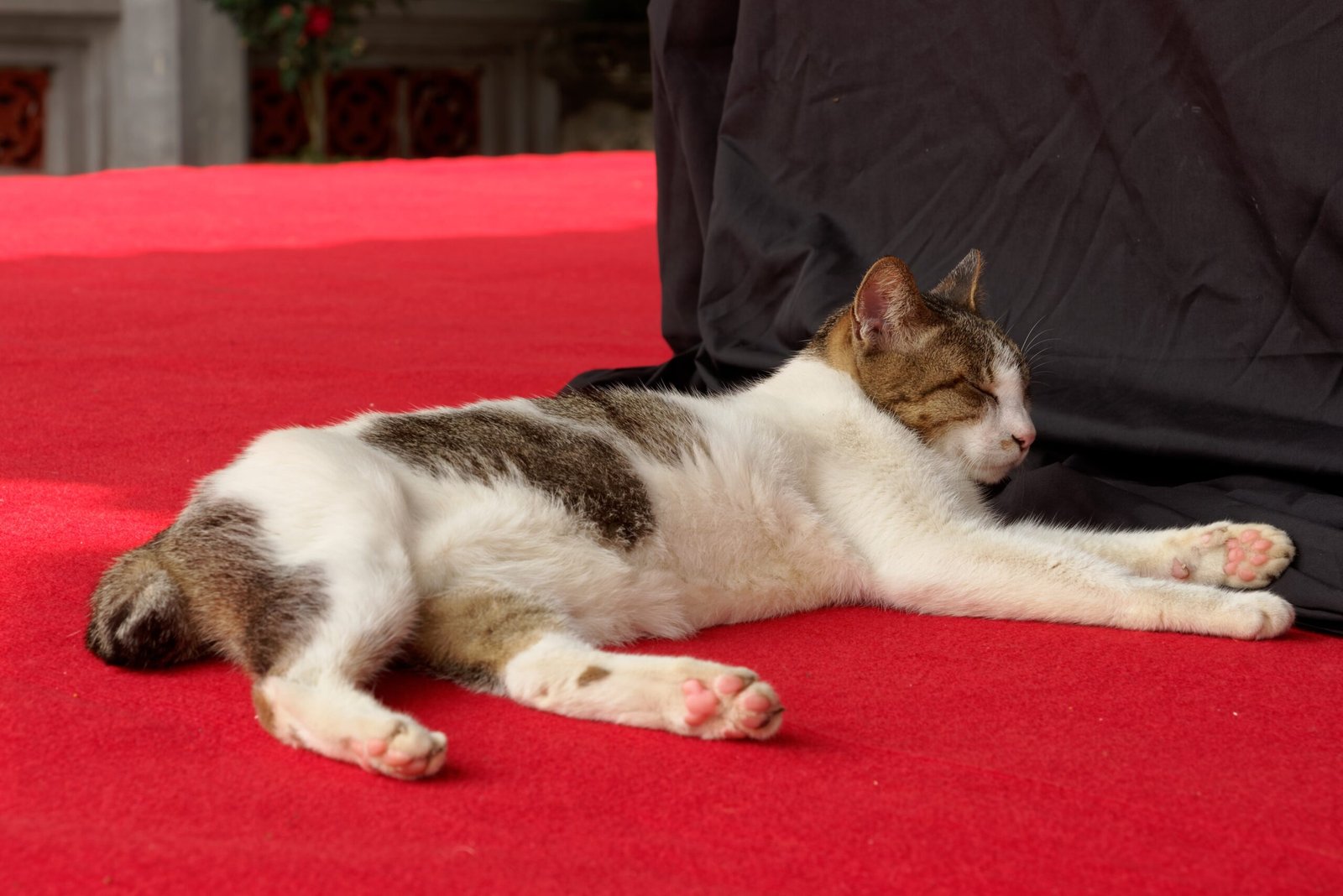
Cats sleep up to 16 hours a day, but their timing for naps is far from random. They often choose to rest near you, especially when you’re relaxing or sleeping. This shared downtime is another way they sync their emotional rhythms with yours. If you’re sick or tired, your cat might nap even more, as if keeping watch over you. Their sleep patterns are a silent expression of trust and companionship, woven into the fabric of your daily life.
How Age Influences Cat Emotions

Kittens are playful and curious, while older cats tend to be more reserved and affectionate. As cats age, their emotional timing shifts—they may seek more quiet moments and deeper connections. An older cat might follow you from room to room, content just to be near you. This change reflects their growing attachment and understanding of your routines. Recognizing these shifts can help you provide the right kind of support for your cat at every stage of life.
Cats and Grief: Mourning with Perfect Timing
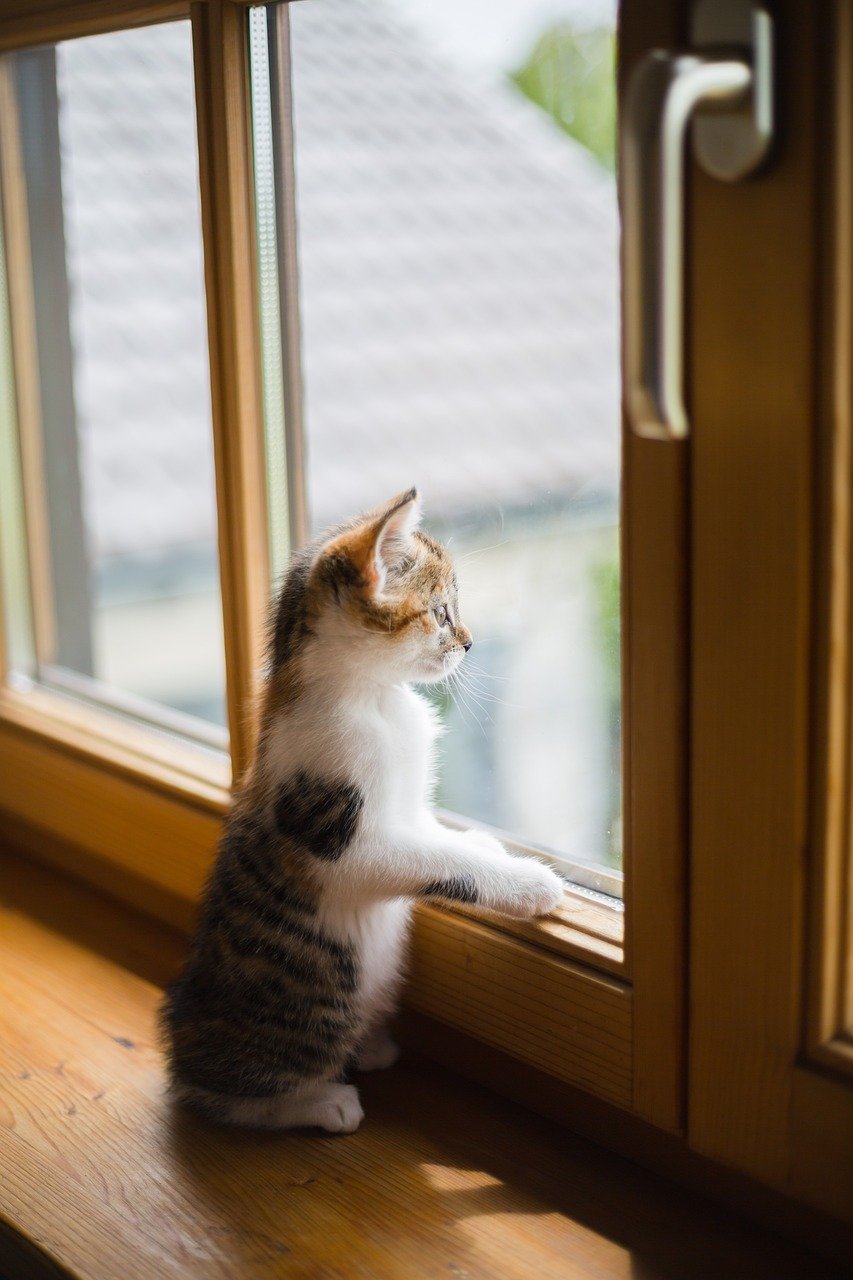
When a family member or fellow pet passes away, cats often grieve in their own way. Their timing for seeking comfort or offering affection can change dramatically during these periods. You may notice your cat becoming more clingy, vocal, or withdrawn. This is their way of processing loss and finding solace. Being present and attentive during these times can help both you and your cat heal together, forging an even deeper emotional bond.
The Influence of Breed on Emotional Timing
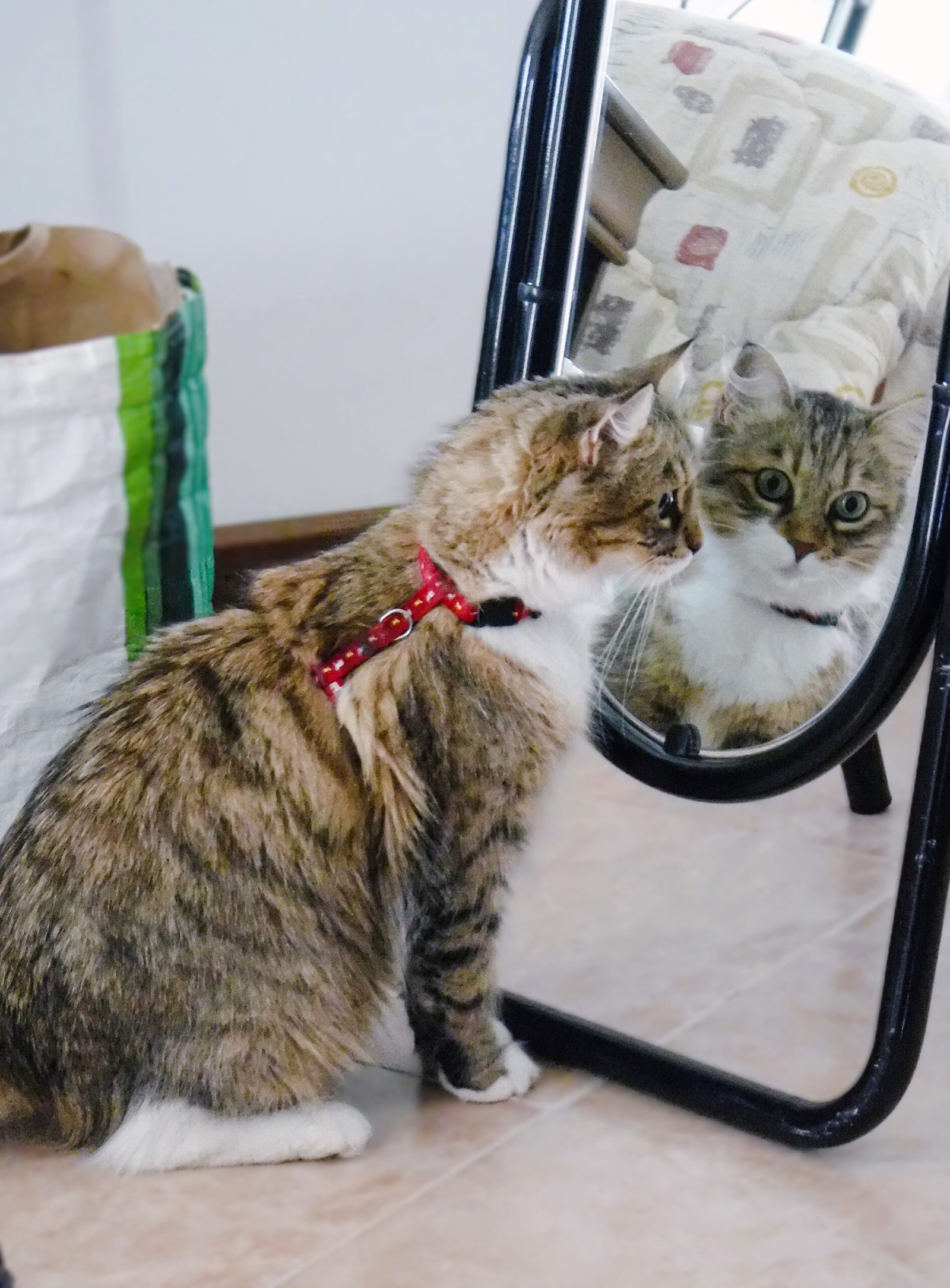
Different cat breeds have distinct emotional tendencies. Siamese cats, for example, are known for their vocal, affectionate nature, while British Shorthairs tend to be more reserved. These breed traits influence when and how cats express their feelings. A Maine Coon might greet you at the door every day, while a Scottish Fold prefers quiet moments on your lap. Understanding your cat’s breed can give you insights into their emotional timing and help you meet their unique needs.
When Cats Sense Danger or Illness
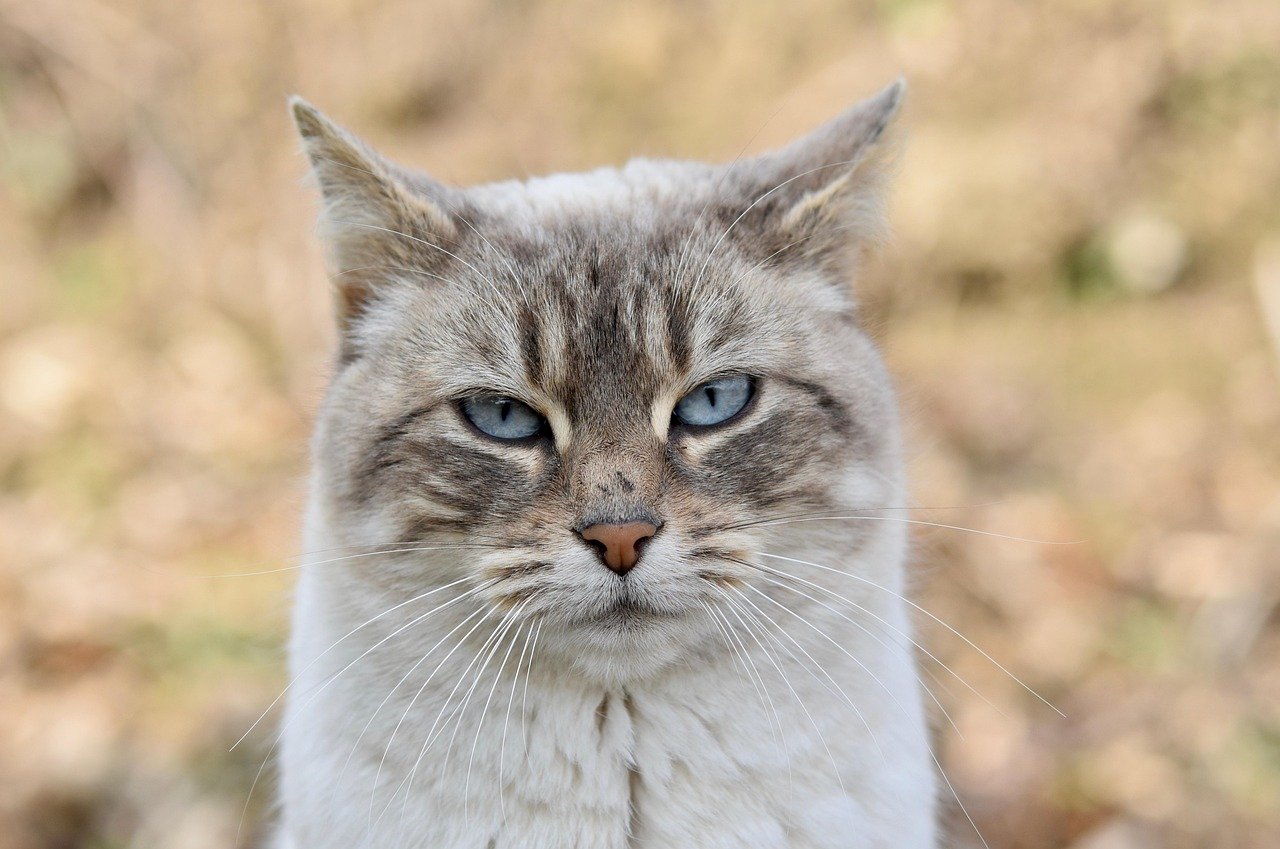
Cats have an uncanny ability to sense when something is wrong, whether it’s a change in your health or a looming storm. Their timing in alerting you can be astonishing—they may become restless, vocalize, or stick close by your side. Some people even report their cats detected illness before any symptoms appeared. This heightened awareness is part instinct, part emotional intelligence. Trusting your cat’s signals can sometimes be the key to early intervention or comfort.
Building Emotional Timing Through Trust
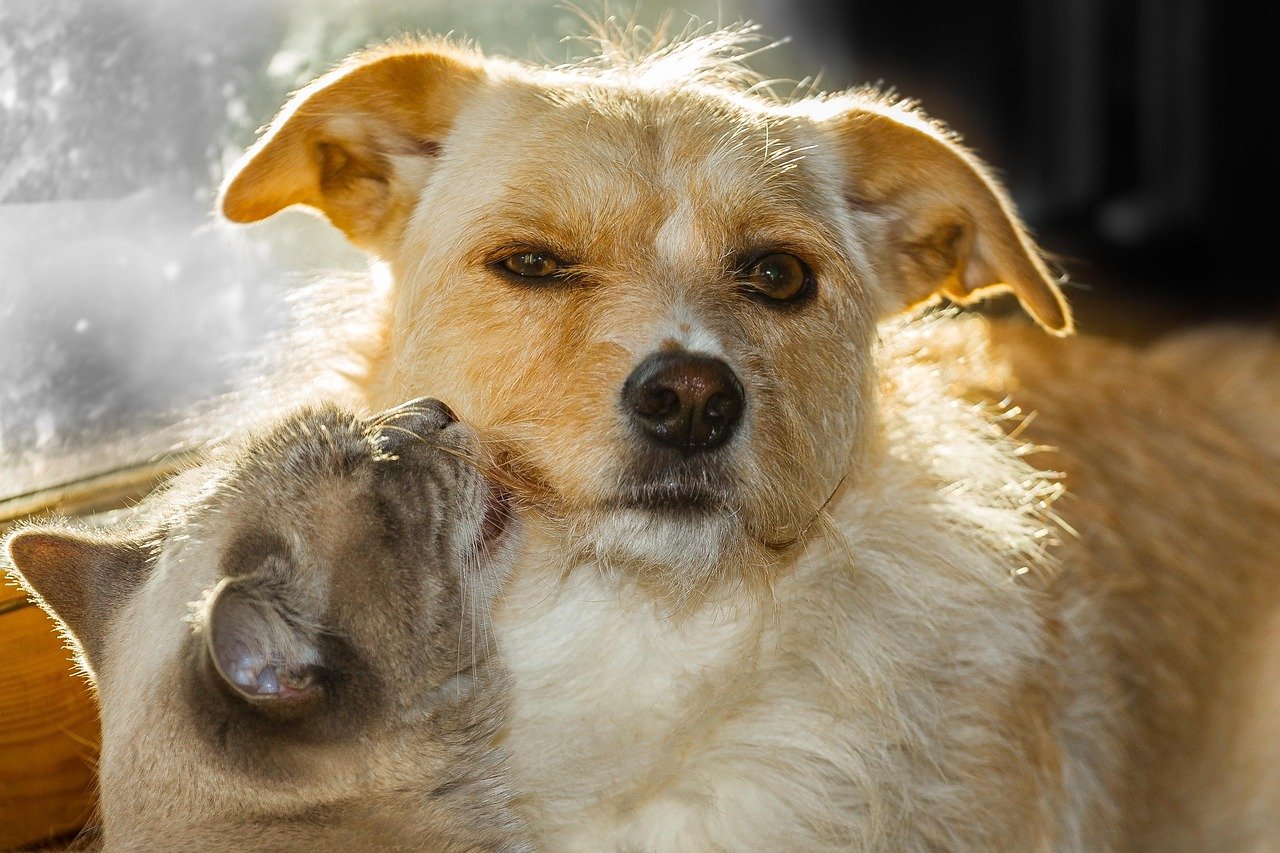
Trust is the foundation of a cat’s emotional timing. When you treat your cat with patience, kindness, and respect, they learn to trust you deeply. This trust allows them to open up emotionally, choosing the perfect moments to share affection, play, or comfort. Over time, your cat’s timing becomes more attuned to your life, creating a harmonious rhythm between you. The journey is slow, but the rewards are profound—a connection that feels almost magical in its timing and depth.
The Everyday Miracles of Cat Timing

Living with a cat is a daily lesson in emotional timing. From the way they greet you after a long day to those quiet moments when they simply sit by your side, their actions are a series of small miracles. Each purr, head bump, and playful leap is perfectly timed to remind you that you’re loved and never alone. As you tune into your cat’s emotional rhythm, you’ll discover a world of connection and comfort that words can hardly describe.
Hi, I’m Bola, a passionate writer and creative strategist with a knack for crafting compelling content that educates, inspires, and connects. Over the years, I’ve honed my skills across various writing fields, including content creation, copywriting, online course development, and video scriptwriting.
When I’m not at my desk, you’ll find me exploring new ideas, reading books, or brainstorming creative ways to solve challenges. I believe that words have the power to transform, and I’m here to help you leverage that power for success.
Thanks for stopping by, Keep coming to this website to checkout new articles form me. You’d always love it!



